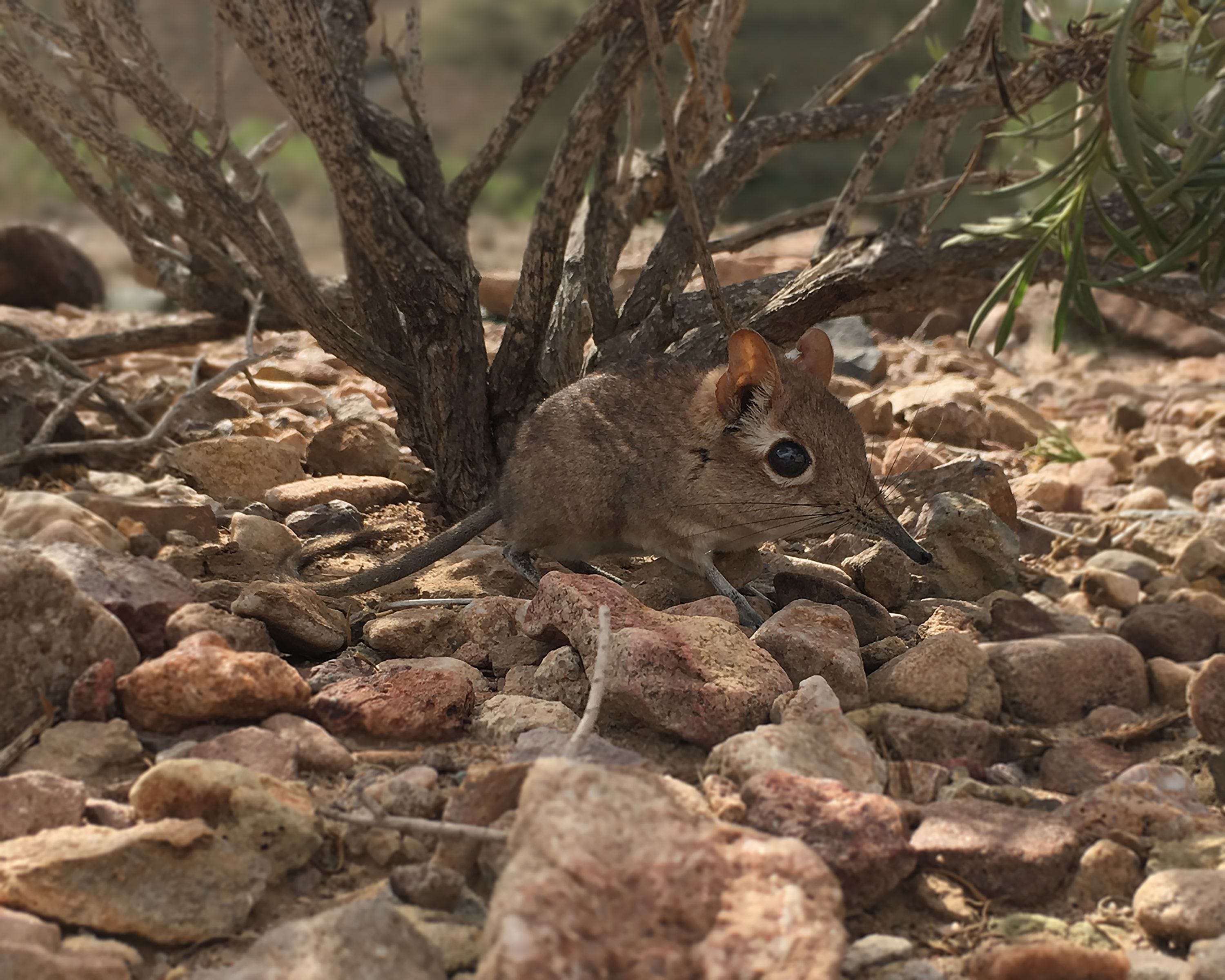For over 50 years, the Somali sengi (or elephant shrew) has been considered a "lost species" — until now.
The furry, mouse-sized creature with a trunk-like nose is still very much alive, according to researchers in a peer-reviewed study published last week in the journal PeerJ.
"While the species is historically documented as endemic to Somalia, these new records are from the neighboring Republic of Djibouti and thus expand the Somali Sengi’s known range in the Horn of Africa," the four authors wrote, adding that evidence suggests the elephant shrew is also a current inhabitant of Ethiopia.
The Somali sengi was last documented by international researchers in 1968. It since made the Global Wildlife Conservation's "25 Most Wanted Lost Species" list.

But people in East Africa easily recognized the animal when shown pictures of it, Steven Heritage, a Duke University Lemur Center researcher and co-author of the study who credits Djiboutians for a large part of the rediscovery, told NPR.
"Now, the international community will have an eye on our biodiversity," added Houssein Rayaleh, an ecologist from Djibouti and co-author of the study.
Their research team set 1,259 traps — made appetizing with a mixture of rolled oats, peanut butter, and yeast spread — in 12 locations throughout Djibouti last year. It wasn't long before elephant shrews were caught.
What is an elephant shrew (or sengi)? According the the American Wildlife Foundation, not an elephant or shrew, but a small mammal closely related to elephants, sea cows, and aardvarks.
In additional to their iconic trunk-noses, they have a hunchback posture and move in a hopping fashion like rabbits. Sengis live in couples (forming monogamous pairs) and their lifespan is about years.
Sengi fossil records extend back at least 45.6 million years — making the species older than animals like lions or giraffes. Analysis suggest that the Somali sengi has inhabited the Horn of Africa for more than 5.4 million years.